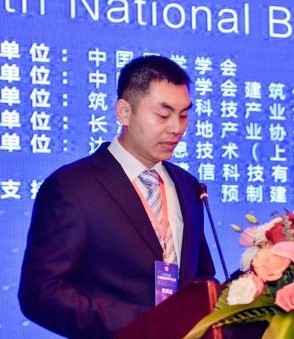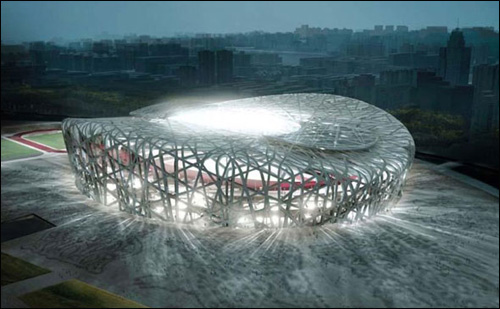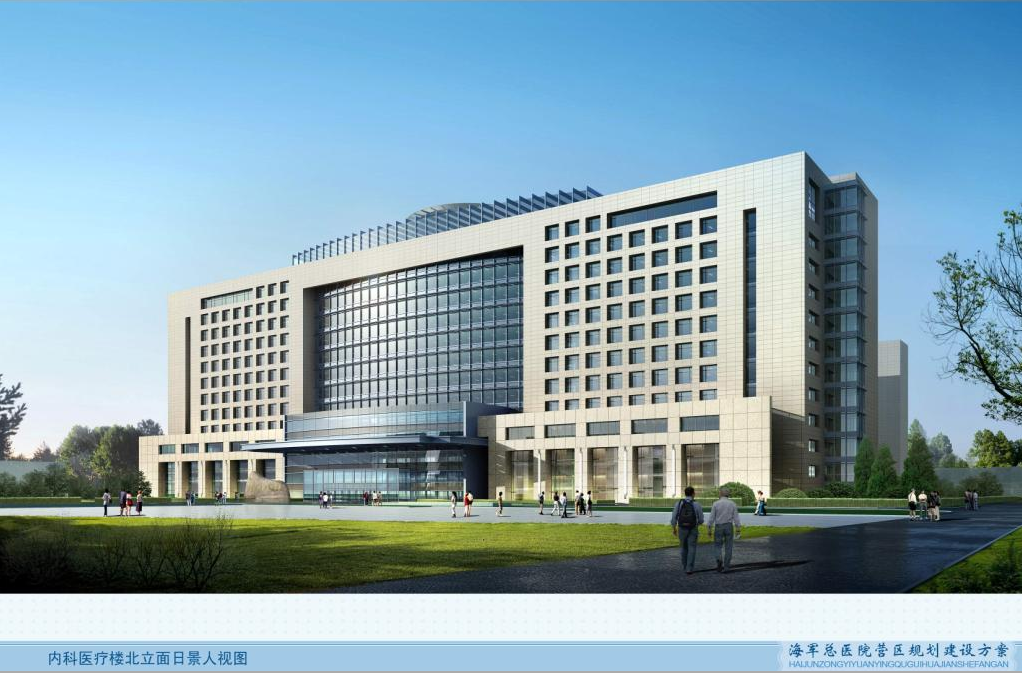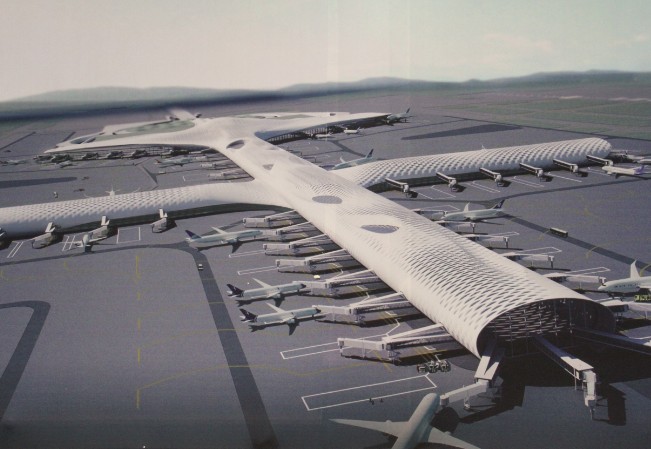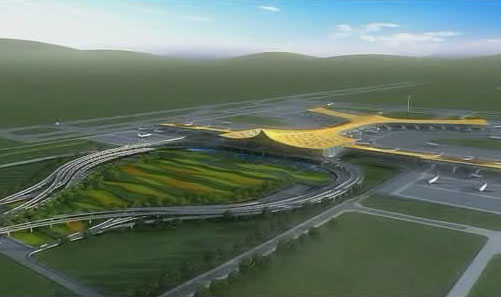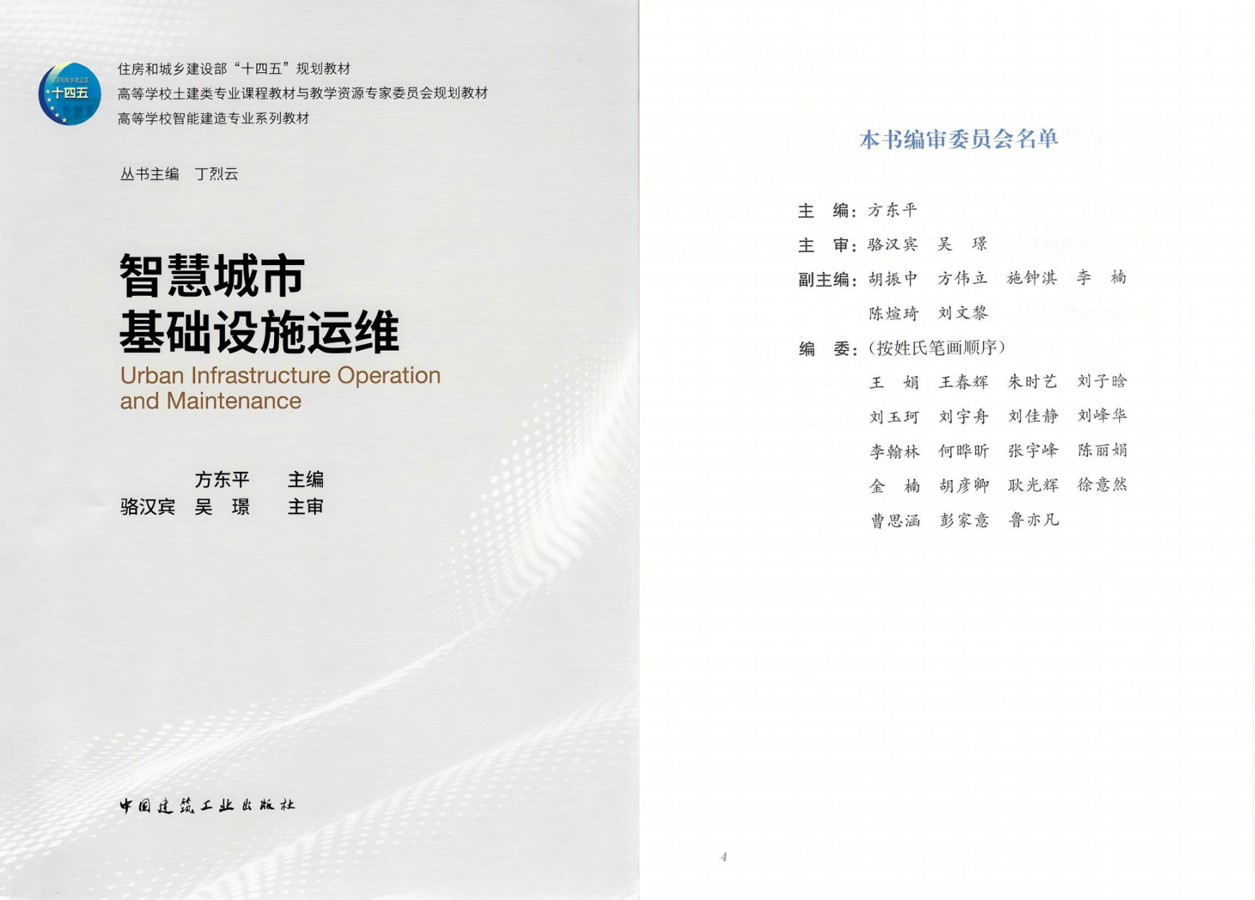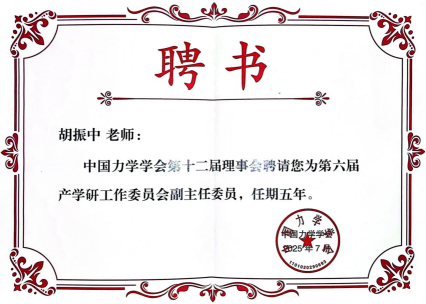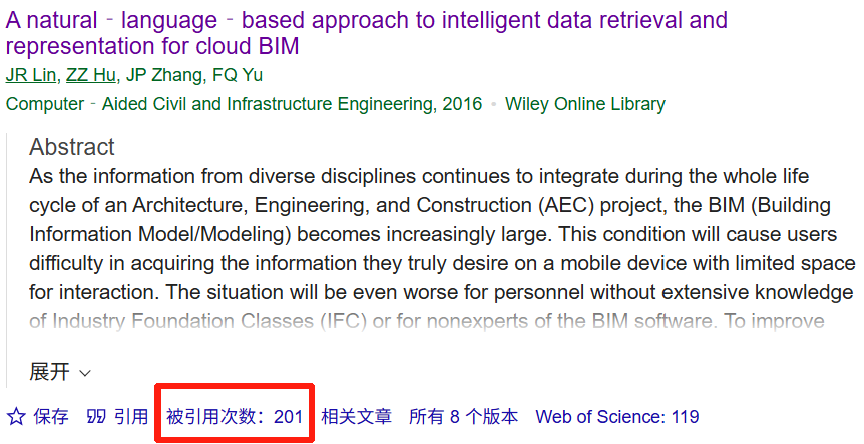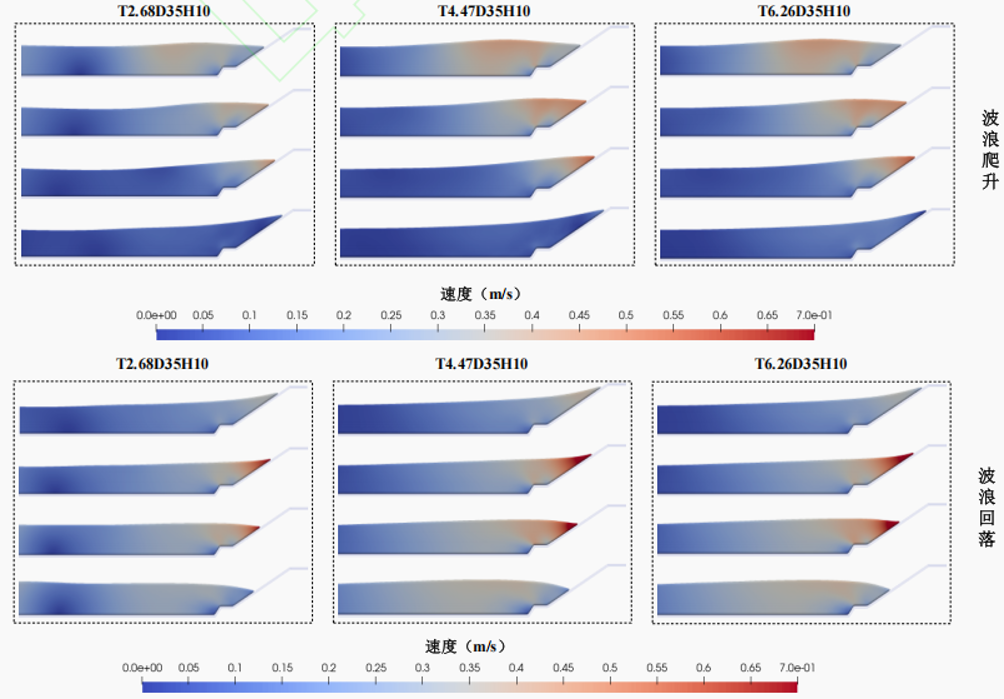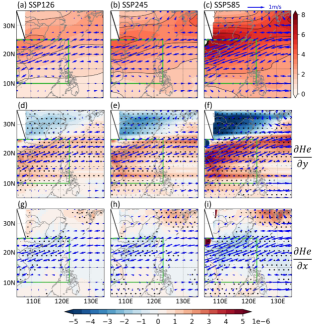Recently, "Urban Infrastructure Operation and Maintenanc" was officially published and distributed by China Architecture & Building Press as one of the "Series Textbooks for Intelligent Construction Majors in Higher Education Institutions". This textbook was edited by Professor Fang Dongping and co-authored by myself, Fang Weili, Shi Zhongqi, Li Nan, Chen Xuanqi, Liu Wenli and others. It has been selected as a textbook for the "14th Five-Year Plan" of the Ministry of Housing and Urban-Rural Development and a planned textbook by the Expert Committee for Course Textbooks and Teaching Resources of Civil Engineering and Architecture Specialties in Higher Education Institutions.
This textbook focuses on the operation and maintenance stage throughout the entire life cycle of urban infrastructure. It mainly introduces the theories, technologies and practices related to the operation and maintenance of urban infrastructure under the background of intelligence, and elaborates on how to use emerging digital technologies to improve the efficiency and quality of infrastructure operation and maintenance, ensure the safety of urban infrastructure operation and maintenance, and better serve urban residents. It aims to provide readers with a systematic set of learning materials. The textbook is divided into seven chapters, covering the introduction, key common technologies, operation and maintenance management and operation robots, digital energy and environmental management, asset management and value engineering, urban infrastructure resilience, and comprehensive case analysis, among other contents.
This book highlights the cross-integration of multiple disciplines, integrating knowledge from various fields such as intelligent construction, civil engineering, electronic information, and control engineering. It adheres to technological leadership and practical orientation, and through the analysis of real cases, discusses the intelligent operation and maintenance strategies and implementation paths of key infrastructure.
This textbook is not only applicable to the teaching of courses related to "Infrastructure Operation and Maintenance" in higher education institutions, but also can provide a reference for scientific researchers and engineering technicians engaged in infrastructure operation and maintenance management.
Buy books links: https://item.jd.com/10172732966707.html.
